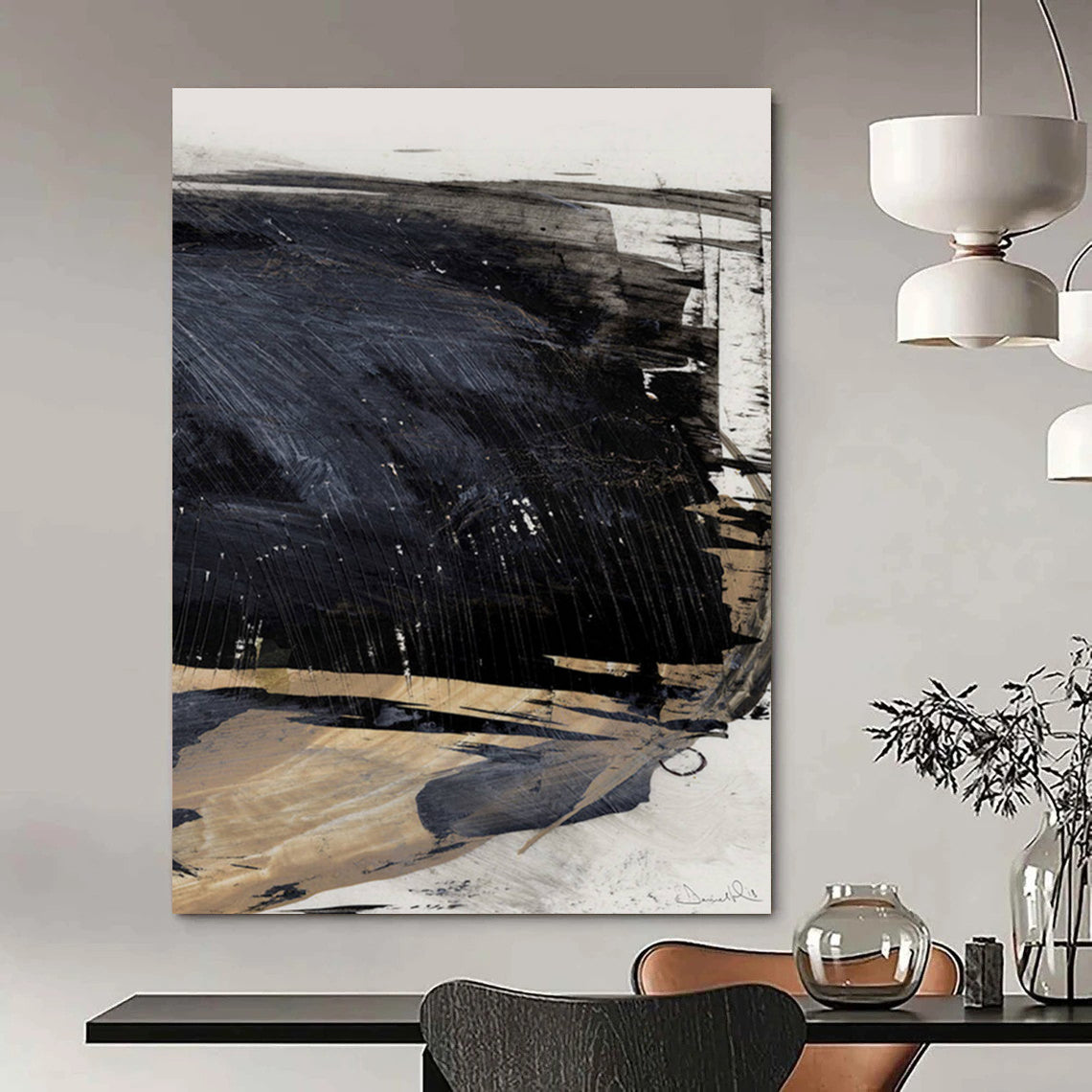In a remarkable case that underscores the enduring impact of World War II, authorities in Argentina are actively searching for a historically significant painting suspected to have been looted by Nazis during their occupation of Europe. The investigation centers around an 18th-century Italian portrait whose provenance is deeply tied to the Jewish art dealer Jacques Goudstikker, whose collection was forcibly seized by the Nazis.
The painting, a Portrait of a Lady by Giuseppe Vittore Ghislandi, holds profound cultural value. Giuseppe Vittore Ghislandi, known for his Baroque style, created this masterpiece in the 1700s. This piece was part of Goudstikker’s collection, a fact crucial to the discussions on Nazi-looted art and its restitution decades after the war ended.

Discovery in Argentina and Historical Background
The story took a new turn when investigative journalists uncovered this long-lost painting being advertised as part of a real estate listing in Mar del Plata, Argentina. This city has historical significance as a known refuge for many Nazi fugitives in Argentina who fled Europe to avoid prosecution.
The villa where the painting was found is allegedly linked to Friedrich Kadgien, a former Nazi officer who managed stolen assets for Hermann Göring during the war. Kadgien escaped to Argentina after WWII and lived there until his death. He was instrumental in overseeing the assets from Goudstikker’s confiscated collection, including the Hermann Göring art collection.
Argentine police have launched operations to search the property, hoping to retrieve the painting and other stolen artifacts. The ongoing investigation highlights the country’s pivotal role in art restitution cases related to Nazi plunder.
The Legacy of Jacques Goudstikker and Restitution Efforts
Jacques Goudstikker was a prominent Jewish art dealer from the Netherlands. His vast Jewish art collection looting during the Nazi invasion represents one of the most tragic stories of cultural theft. After years of advocacy, his heir Marei von Saher has successfully reclaimed many artworks, but several pieces, including this portrait, remain missing.
The rediscovery of this portrait is seen as a significant step towards rectifying historical injustices. Marei von Saher’s relentless work embodies the broader movement towards recognizing and restituting stolen artworks.
Why Argentina Matters in Nazi Looting History
Argentina under Perón became a sanctuary for fleeing Nazis, who brought with them looted property. The city of Mar del Plata history is intertwined with such narratives, making the search for lost treasures more than just an art story—it's also a historical and ethical reckoning.
The international community continues to press Argentina for cooperation in recovering stolen cultural heritage and preventing illicit trade in looted art.
Images and Sources
-
The Portrait of a Lady was identified through screenshots and videos from virtual property tours.
-
Archival photographs of Goudstikker’s original gallery in Amsterdam provide context on the stolen collection.
-
Historical images of Mar del Plata properties linked to Nazi fugitives further illustrate the story.
FAQ
What is the significance of the Portrait of a Lady?
This painting is a valuable 18th-century Italian artwork by Giuseppe Vittore Ghislandi, originally owned by Jacques Goudstikker and seized during the Nazi occupation, symbolizing the broader issue of Nazi-looted art.
How did the painting arrive in Argentina?
Post-WWII, many Nazis fled to Argentina, bringing stolen artifacts. The painting likely came via Friedrich Kadgien, an aide to Hermann Göring who lived in Argentina after the war.
How is Argentina addressing Nazi-looted art?
Argentine authorities have been conducting raids and investigations, cooperating internationally on art restitution cases and working to locate stolen artworks.
Who are the heirs involved in retrieving these artworks?
Marei von Saher, heir to Jacques Goudstikker, has actively sought restitution, reclaiming many pieces but some, like this portrait, remain missing.
This article integrates key terms such as Nazi-looted art, Nazi fugitives in Argentina, Giuseppe Vittore Ghislandi, Hermann Göring art collection, and art restitution cases naturally within the text to optimize readability and SEO while preserving an engaging narrative flow.

